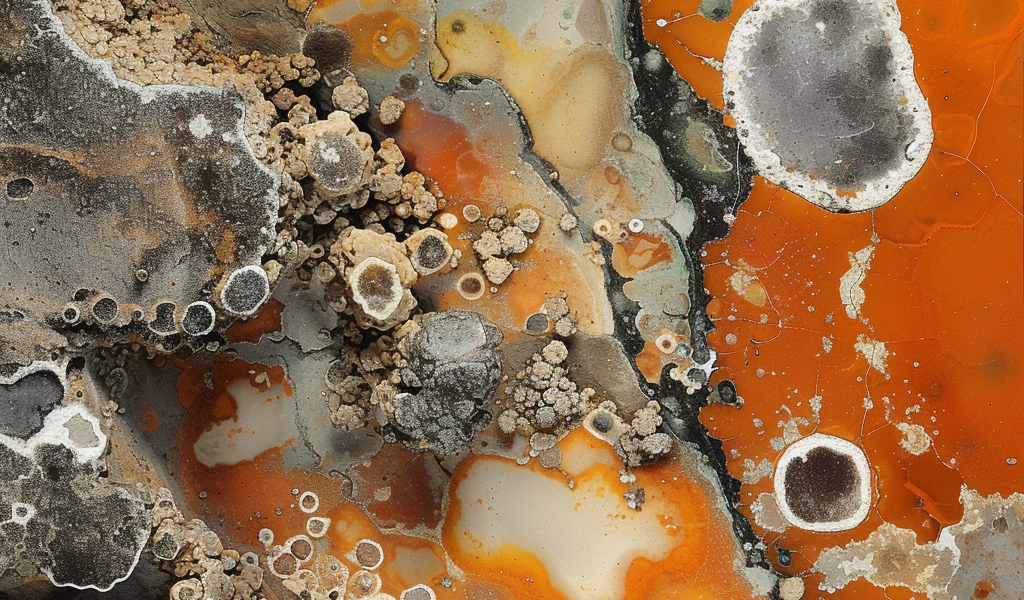Researchers from The University of Western Australia have made a groundbreaking discovery by examining 3.5 billion-year-old hydrothermal vent sediments, shedding light on the origin and early evolution of life on Earth. The study, published in the journal Science Advances, was conducted by Professor Birger Rasmussen and Dr. Janet Muhling from UWA’s School of Earth Sciences, along with Professor Nicholas Tosca from the University of Cambridge.
The team analyzed 3.5 billion-year-old jaspers from the North Pole Dome area in Western Australia and found an abundance of iron-rich clay particles known as greenalite. These tiny clay particles, hidden in plain sight, were revealed only through high magnification electron microscopes, overshadowing the prominent iron-oxide particles that give the jaspers their distinctive red color.
According to Professor Rasmussen, geochemical modeling by Professor Tosca indicated that greenalite was the primary iron-rich mineral formed when hot vent fluids mixed with seawater on early Earth. The researchers also discovered tiny particles of apatite, a calcium phosphate mineral, alongside the clay particles. Professor Tosca’s modeling of seawater circulation through the ancient oceanic crust suggested that phosphorus was released into vent fluids as minerals in the crust reacted with heated seawater.
This finding implies that seafloor vent systems may have been a significant source of phosphorus for life on early Earth. The study estimates that seawater phosphorus concentrations at that time were likely 10 to 100 times higher than in today’s deep ocean, as the minute apatite particles did not dissolve in seawater. The research suggests that hydrothermal vents, present on the seafloor soon after the formation of the first oceans about 4.2 billion years ago, not only provided essential phosphorus for the origin and early evolution of life but also produced countless tiny, highly reactive clay particles.
This groundbreaking discovery offers valuable insights into the conditions that may have facilitated the emergence of life on Earth billions of years ago, highlighting the significance of hydrothermal vent systems in the planet’s early geological processes.





